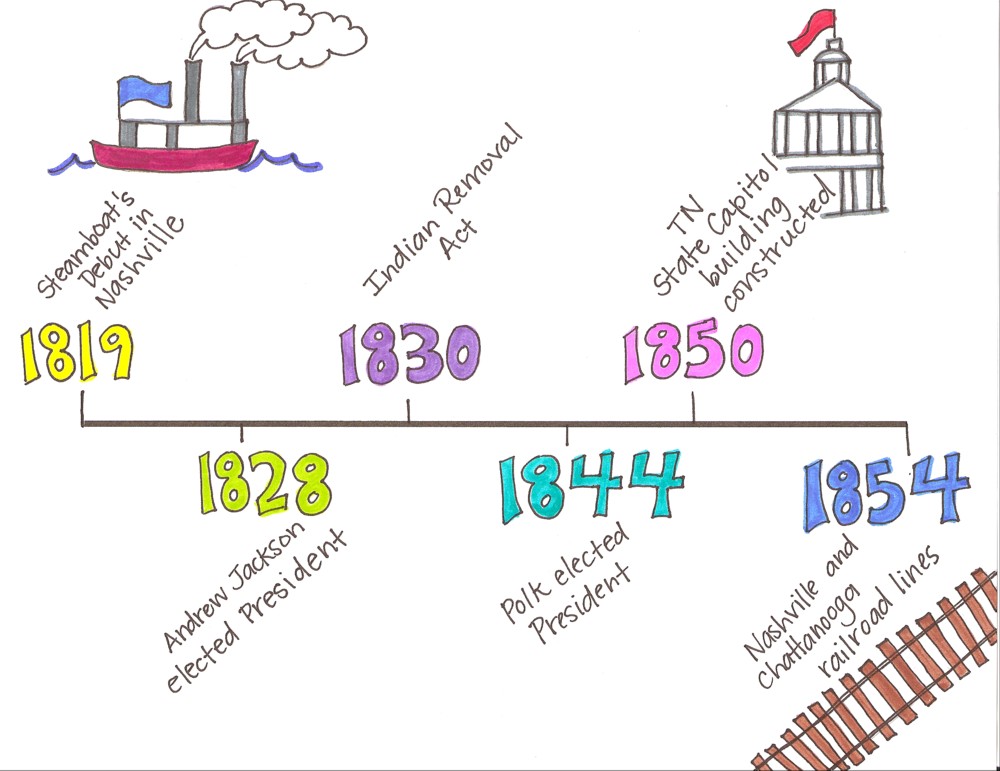Timeline and History Study: A Comprehensive Guide
Introduction:
Studying history is an essential part of a well-rounded education. It helps us understand the past, make sense of the present, and shape our future. However, learning about historical events and their significance can sometimes be overwhelming. That’s where timelines come in handy. In this comprehensive guide, we will explore how to effectively use timelines for history study, providing you with tips and techniques to enhance your learning experience.
1. What is a Timeline?
A timeline is a visual representation of chronological events arranged in sequential order. It allows us to see the progression of time and better comprehend historical occurrences. Timelines can take various forms – linear, circular or spiral – depending on personal preference or project requirements.
2. Benefits of Using Timelines:
Timelines offer several advantages when it comes to studying history:
a) Visual Representation: Visual aids help us process information more efficiently as they engage both our visual and cognitive faculties simultaneously.
b) Contextual Understanding: By placing events in chronological order, timelines provide context that facilitates comprehension of cause-and-effect relationships between different historical milestones.
c) Organization: Timelines help structure large amounts of information into manageable segments, making complex subjects easier to digest.
d) Retention: The visual nature of timelines improves memory retention by reinforcing connections between different events through spatial arrangement.
3. Creating Your Own Timeline:
To create a personalized timeline for your history study:
a) Choose a Format: Decide on the format that suits your needs – digital or physical? Online applications such as Tiki-Toki or Time.Graphics offer interactive features like adding images or videos but require access to technology. Alternatively, you can opt for traditional methods using pen and paper or poster boards.
b) Select Key Events: Identify significant historical moments relevant to your area of study or curriculum guidelines. Focus on key dates, names, places, inventions, wars battles etc., ensuring they are accurate and succinct.
c) Arrange Chronologically: Organize the events in sequential order based on their respective dates. Align them along a horizontal or vertical line, ensuring proper spacing to allow sufficient room for annotations.
d) Add Descriptions: Provide concise descriptions for each event, highlighting its significance and impact. This will help you recall important details when reviewing your timeline later.
4. Using Existing Timelines:
In addition to creating your own timelines, there are numerous resources available online that provide pre-made timelines for various historical periods or topics. Utilizing these existing timelines can save time and effort while still enhancing your understanding of history. Websites like TimeToast and Preceden offer a wide range of historical timelines that you can explore and adapt according to your specific needs.
5. Interactive Learning:
To make your history study more engaging:
a) Color Coding: Assign different colors to different eras or themes within your timeline, making it easier to identify patterns or trends at a glance.
b) Cross-Referencing: Connect related events with lines or arrows on your timeline to highlight interconnections between different historical moments.
c) Multimedia Integration: Incorporate images, videos, maps, or audio clips into digital timelines to enhance visual appeal and provide additional context for better comprehension.
6. Beyond Dates:
While dates are crucial for understanding chronology, don’t limit yourself solely to them. Consider including broader contextual information such as cultural shifts, societal changes, technological advancements, scientific discoveries etc., which can enrich the narrative of history on your timeline.
7. Regular Review:
Make use of your timeline as an ongoing tool by regularly revisiting it during study sessions or before exams. Use it as a reference point to reinforce knowledge retention and ensure comprehensive understanding across various historical periods covered in your curriculum.
8. Collaborative Efforts:
Timelines can also be used collaboratively in group projects where multiple perspectives come together to create a more holistic view of history. Collaborating with peers can foster discussion and deepen your understanding, allowing you to explore different interpretations or viewpoints on historical events.
Conclusion:
Incorporating timelines into your history study can greatly enhance the learning experience. From creating personalized timelines to utilizing existing resources, color coding, multimedia integration, and regular review – there are numerous techniques that can make studying history more enjoyable and effective. So take a step back in time and start exploring the fascinating world of history through the lens of timelines!

Leave a comment